Increased Adoption of Automation
The Waterjet Cutting Machine Consumables Market is witnessing a shift towards automation in manufacturing processes. As companies strive to enhance productivity and reduce operational costs, the integration of automated waterjet cutting systems becomes more prevalent. Automation not only improves cutting speed and accuracy but also minimizes human error, leading to higher quality outputs. Market data indicates that the automation segment within the waterjet cutting industry is expected to grow significantly, with projections suggesting a CAGR of approximately 6% over the next few years. This trend necessitates the development of consumables that are compatible with automated systems, thereby creating a new avenue for growth within the consumables market.
Rising Demand for Precision Cutting
The Waterjet Cutting Machine Consumables Market experiences a notable surge in demand for precision cutting applications across various sectors, including aerospace, automotive, and manufacturing. This demand is driven by the need for intricate designs and high-quality finishes that traditional cutting methods often fail to achieve. As industries increasingly adopt advanced manufacturing techniques, the reliance on waterjet cutting technology grows, leading to a corresponding increase in the consumption of specialized consumables. Market data indicates that the precision cutting segment is projected to expand significantly, with a compound annual growth rate (CAGR) of approximately 7% over the next five years. This trend underscores the importance of consumables that enhance the efficiency and effectiveness of waterjet cutting processes.
Focus on Environmental Sustainability
The Waterjet Cutting Machine Consumables Market is influenced by a growing emphasis on environmental sustainability. As industries face increasing pressure to adopt eco-friendly practices, waterjet cutting technology is recognized for its minimal waste generation and reduced energy consumption compared to traditional cutting methods. This sustainability aspect is becoming a key selling point for manufacturers of waterjet cutting consumables. Market trends indicate that companies prioritizing sustainable practices are likely to capture a larger share of the market, with projections suggesting a potential growth rate of 5% in the sustainability-focused segment of the consumables market. This shift towards environmentally responsible practices may drive innovation in the development of biodegradable or recyclable consumables.
Growth in the Metal Fabrication Sector
The Waterjet Cutting Machine Consumables Market is poised for growth, particularly due to the expansion of the metal fabrication sector. As industries such as construction, shipbuilding, and heavy machinery manufacturing continue to evolve, the demand for waterjet cutting technology rises. Waterjet cutting offers advantages such as the ability to cut through thick materials without thermal distortion, making it a preferred choice for metal fabricators. Recent market analysis suggests that the metal fabrication industry is expected to grow at a CAGR of around 5% in the coming years, which will likely drive the demand for waterjet cutting consumables. This growth presents opportunities for manufacturers to innovate and develop new consumables tailored to the specific needs of metal fabricators.
Emerging Applications in Diverse Industries
The Waterjet Cutting Machine Consumables Market is expanding as new applications emerge across diverse industries. Beyond traditional sectors, waterjet cutting technology is increasingly utilized in industries such as food processing, textiles, and even art. The versatility of waterjet cutting allows for unique applications, such as cutting food products with precision or creating intricate designs in textiles. This diversification of applications is expected to drive the demand for specialized consumables tailored to these new uses. Market Research Future suggest that the expansion into these emerging applications could lead to a growth rate of around 4% in the consumables market, highlighting the potential for innovation and adaptation in product offerings.


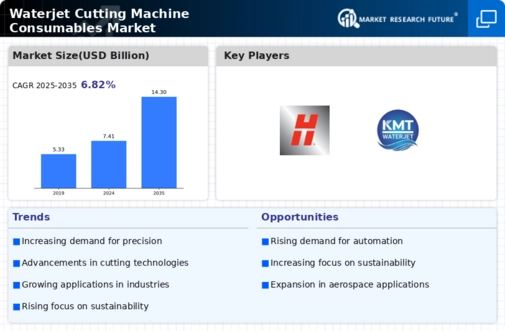
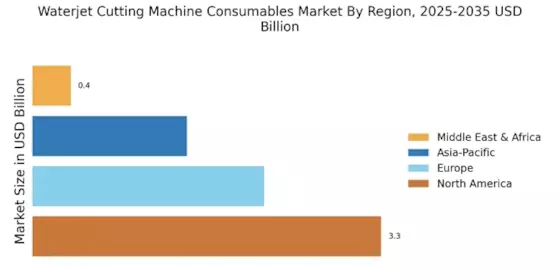
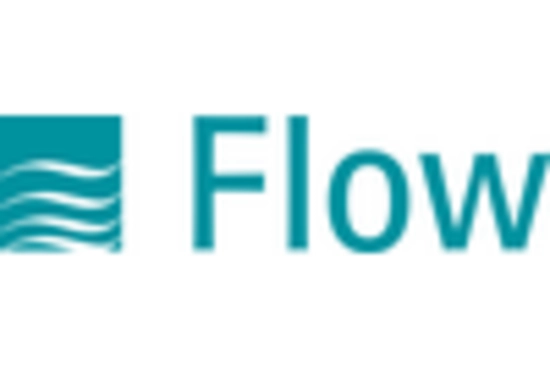
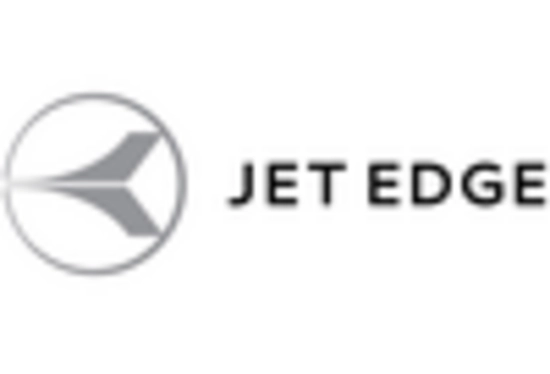


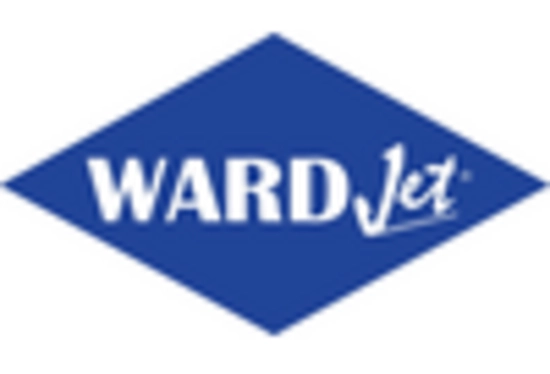









Leave a Comment